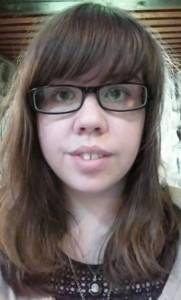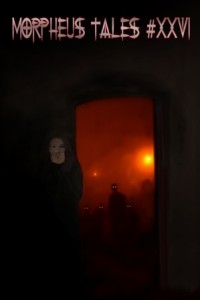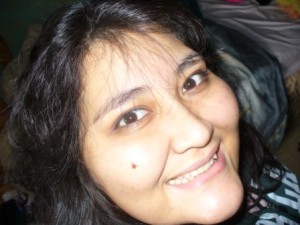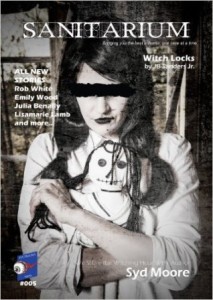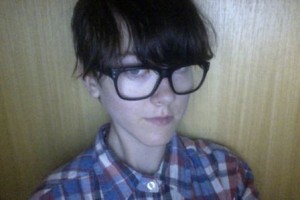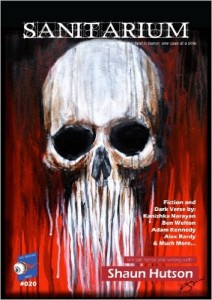Welcome back to the last post of August! That means farewell, summer, and hello, autumn! But before we get to the Halloween celebrations, let’s delve into this week’s author interview. Today, I am pleased to introduce Casey Chaplin. He’s the author of Lizzy, a terrifying story of one unusual girl’s descent into madness. But don’t let the serious material fool you. Casey isn’t above cracking a joke, especially mid-interview. Here, we discuss writing and all the psychological trappings that go with creating true horror.
A few icebreakers to start: when did you first decide to become a writer, and who are some of your favorite authors?
Well, I think I’ve always had an interest in writing. I remember the first story I wrote back in the 3rd or 4th grade – Mumbles the Monkey. I’m still shocked that it hasn’t been adapted for screen, directed by Ben Affleck, and won an Oscar. So sad. Sorry, got a bit off topic. Anyway, I think I’ve always wanted to write, and be a writer. Favorite authors though? Oof, that’s a good one. I’m a fan of Douglas Adams, Christopher Moore, Clive Barker, Dean Koontz. I know, a weird mixture of comedy and horror… You could say it’s a comedy of horrors…no? No, that played out a lot better in my head.
Your novel, Lizzy, deals with the mental instability of the titular protagonist. How did you prepare to write such an in-depth psychological exploration?
Generally I’m a pretty laid back guy and will be the first to crack a joke, or be the least serious guy in the room, but when it came to Lizzy, I did have to make some mental preparation, and if truth be told, I really had to change my demeanor. I went to a dark, dark place, which, honestly, affected my job and life at the time. I watched and read a lot of dark literature and film – American Psycho to name one. I also used a bit of method acting, getting into character, so-to-speak, hence why it hit some parts of my life. I thought about how Lizzy would act, or react to a certain situation, and would play it out that way in real life… Minus the whole killing thing.
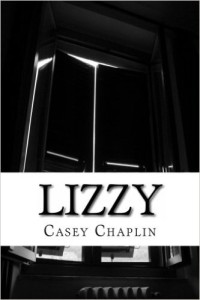 Some people believe that when it comes to horror, “everything has been done.” How would you respond to such criticism?
Some people believe that when it comes to horror, “everything has been done.” How would you respond to such criticism?
Sadly, I would agree to a degree with those naysayers. There’s still some innovation in the field, but it’s hard to be original when the masses don’t necessarily want original, or the big productions of movies, or even A-list books need to make millions in order to succeed. Taking a risk is almost too much for a lot of people who want to be successful. I think a lot of the best and new ideas come from the little guy, the ones that publisher and firms are too afraid to pick up. The indie genre, or field, or whatever the kids call it now-a-days is the best place to see new and fresh thoughts. I’m sure I’m not the first to tell you that either.
If forced to choose, which part of the writing process is your favorite: developing point of view/voice, crafting dialogue, or establishing mood?
Tough question, truly. I kind of like to do all of the above. I find that developing that voice, the character’s personality is fun as Hell. You can really get inside somebody else and create what feels like a new being. But generating the interaction with other characters and having the outcomes be a surprise to even me is exhilarating. On the other…other hand, the mood and atmosphere is so important to storytelling. I find this to be the most subtle part of the process, which requires a certain craft to nail down. I honestly don’t think that I could pick a favorite, as you need all of those aspects to create something awesome. That, and if you think about it, they all tie into one another – they’re all equally important.
In what directions would you like to take your writing career? Another novel? Shorter fiction? Perhaps a combination of the two?
I’ve got a few other stories on the go. I tend to write in spurts, so some have been sitting on my hard drive for years, others a few months. But as of right now, they’re all novel length, or will be. I’d like to write shorts, maybe an anthology one day. As well, I also really enjoy script writing and poetry. It’s hard to say where I want to go with it all. However, I know I’d like to try my hand at something different than horror coming up. Maybe comedy. Who knows.
Thanks to Casey Chaplin for being part of this week’s author spotlight. Be sure to check out Lizzy’s website at lizzyanovel.com!
Happy reading!

